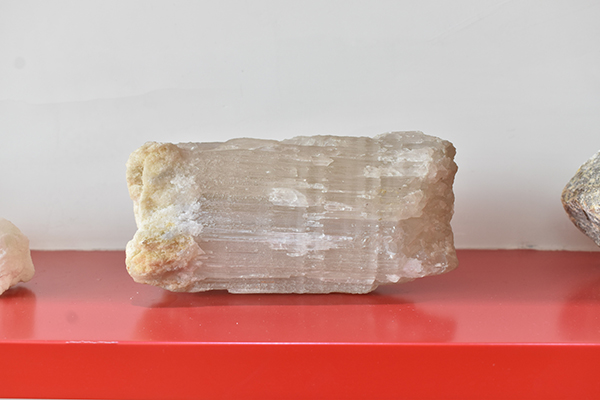Magnesia carbon brick manufacturers tell you the technical concept of metallurgical refractory materials. Refractory magnesia carbon bricks for metallurgical kilns are key auxiliary materials to support the efficient operation of steel production, which are mainly reflected in the following points: light burned magnesia powder
(1) The safety of production. As a material in contact with molten steel, abnormal damage or excessive erosion of functional refractory materials may cause molten steel to leak and even cause serious safety accidents. Such as leakage caused by excessive corrosion of venting elements, spilled molten steel caused by abnormal fracture during the use of immersion nozzles, flow control failure caused by excessive corrosion of stopper rods, leakage caused by failure of side sealing plate function, etc.
(2) Production efficiency. Refractories for metallurgical kilns are a key link in steel production, and their performance has an important impact on steel production efficiency. Ventilation components, sliding plates damaged in use, functional failures, etc. will be replaced offline, reducing the turnover of ladle; immersion water table, stopper rod, side sealing plate are one of the key control links for the number of continuous casting furnaces, and excessive corrosion of materials , Scouring and abnormal fractures will reduce the number of continuous casting furnaces, thereby affecting the efficiency of steel production.

(3) Billet quality, the functionality of refractory materials for metallurgical kilns is particularly important, and whether its role is played has an important impact on the quality of billets.
The stirring effect of the venting element has an important influence on the uniformity of the molten steel composition and temperature, and promotes alloying; the long nozzle and immersion nozzle protect the molten steel from secondary oxidation, and the function of the immersion nozzle to control the flow field of the mold can promote the floating of inclusions, Reducing slag entrapment and stabilizing the flow field play an important role; the silicon-free and carbon-free immersion nozzle with anti-clogging function can not only reduce the carbon and silicon increase in the molten steel, but also avoid the adhesion of alumina in the nozzle and reduce the introduction of steel billets. Large inclusions; magnesium-carbon immersion nozzle avoids the introduction of alumina inclusions in molten steel, which is beneficial to improve the quality of cord steel.
A reasonable structure of turbulence controller is set in the tundish, the combination of weirs and dams is optimized, and the air curtain wall is used to reduce dead zones, which can optimize the flow path of molten steel, promote the floating of inclusions, and improve the quality of the billet; optimize the shape of the stopper rod to improve The sensitivity of molten steel flow control reduces the fluctuation of the liquid level in the mold and reduces the possibility of slag entrapment; the integral stopper rod head is equipped with an argon channel, which can also reduce the adhesion of alumina and improve the quality of the billet.
Therefore, the performance and service behavior of refractory materials used in metallurgical kilns have an important impact on the safety and efficiency of steel production, especially the production of high-quality steel.
Features of Lightweight High Alumina Bricks:
Lightweight high-alumina bricks have the characteristics of low bulk density, low thermal conductivity, excellent thermal insulation performance, and stable quality. It can be used as the lining or heat insulation layer of various high-temperature furnaces. Using the mechanism to form once, burn the additive method to make the manufacturing process, while retaining the traditional foam lightening method, casting molding, the product has a uniform cross-sectional structure, and the pores form a complementary and penetrating honeycomb shape, so that the product's compressive strength and thermal insulation performance can achieve better High level. The shape of all products is completely ground and shaped, and the size deviation is small, which can meet the special needs of furnace masonry.
Lightweight high alumina brick product content:
A lightweight refractory material with alumina content above 48%, mainly composed of mullite and glass phase or corundum. The bulk density is 0.4~1.35g/cm3. The porosity is 66%~73%, and the compressive strength is 1~8MPa. Good thermal shock resistance. Usually, high alumina bauxite clinker is added with a small amount of clay, after being finely ground, it is poured and shaped in the form of mud by gas generation method or foam method, and fired at 1300-1500°C. Sometimes industrial alumina can be used to replace part of bauxite clinker. It is used for the lining and heat insulation layer of masonry kilns, as well as the parts that are not corroded and scoured by strong high-temperature molten materials. When in direct contact with the flame, the surface contact temperature shall not be higher than 1350℃.